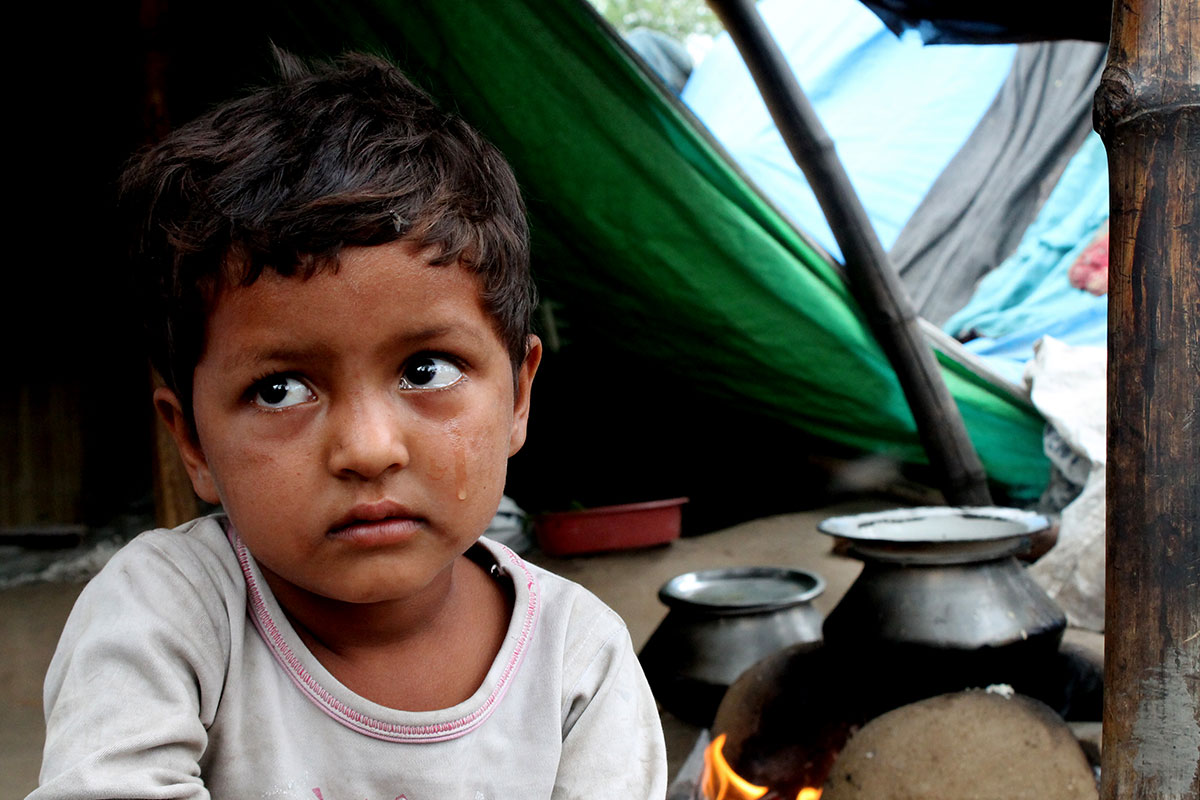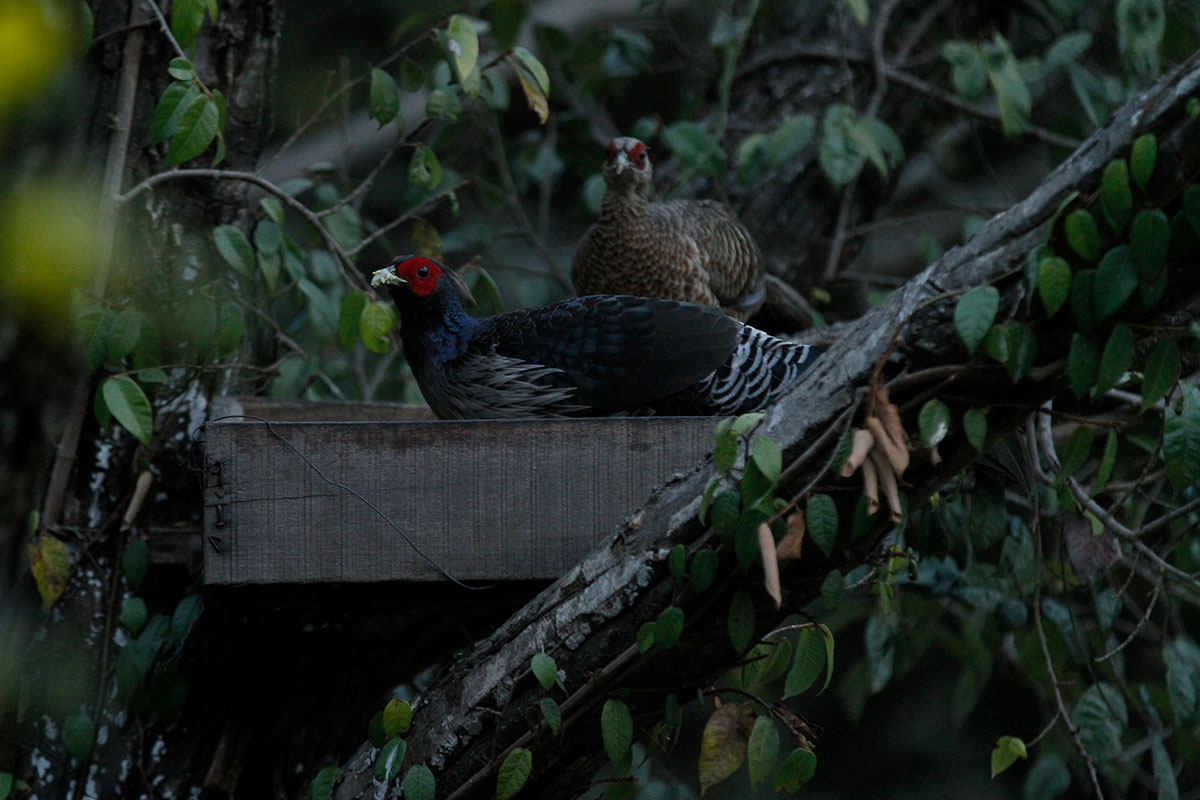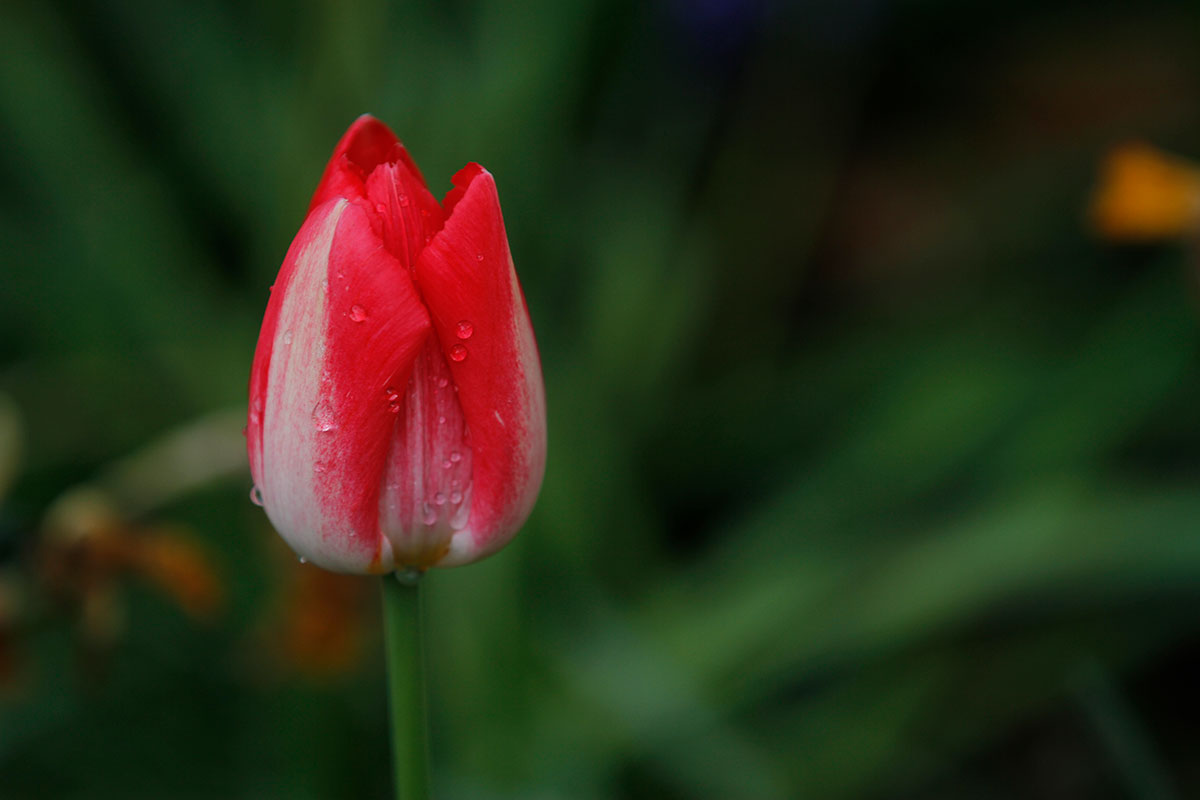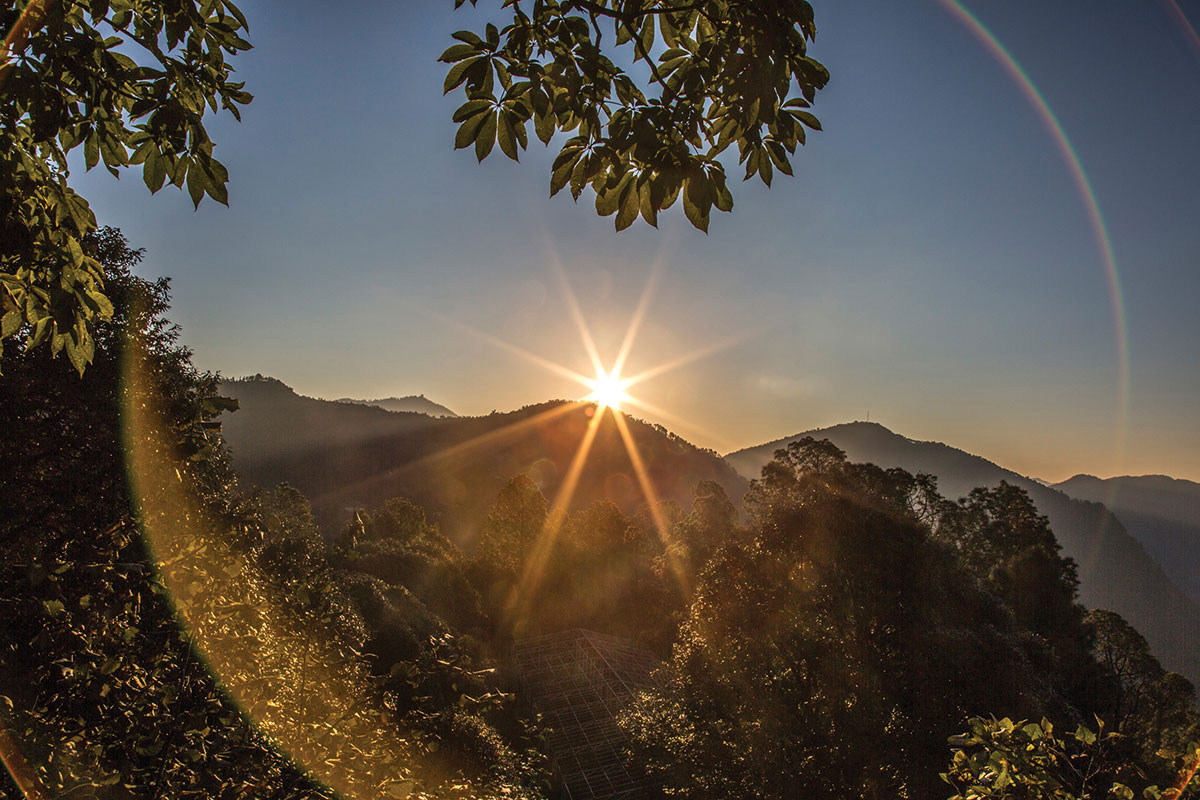Pro Level Advance Photography
COURSE OVERVIEW
Photography is not just about capturing the images or shooting hundreds of images a day rather it is an art of communication. Through this visual way of communication an artist expresses his point of view, emotions, creativity, a different but his own calibre of art. This beginner’s photography course will provide you to help in understanding towards photography, visual meaning, visual reviewing and visual interpretation. You will learn about basic understanding of how to use your camera creatively, exposure triangle, white balance, power of light and shadow.
By the end of this foundation photography course, students will understand how to search subjects, compose and shoot them. You will understand how to shoot with a mobile camera & DSLR as well, and this course influences you to become a more professional and serious hobbyist in photography. You will understand the value of composition and will get some strong foundation about the fundamentals of photography.
Study the pro aspects of photography ranging from Advanced aesthetics, visual literacy, photo editing, projects on landscape photography, travel and wildlife photography, street photography, still life photography, portrait photography, and many more with the best mentors in the industry. This unparalleled program is all set to make you an expert within three months that too without disturbing your regular weekday schedule.
Carefully designed each one of the 2 hour duration online class will introduce to you something new each time, so you can expect thoroughly developed the skills required to be a photographer!!
In this advanced foundation photography course the students will learn about the VISUAL AESTHETICS OF PHOTOGRAPHY. Students will do practical shoots largely with a special focus to outdoor photography and studio set-ups as well.
Who can apply
Aspiring photographers who wish to take their knowledge to advance level. They should have basic photography knowledge and should have understanding of exposure triangle, lighting and visual literacy related elements.
Outcome
After you will complete your Photography Course from here, you will be able to:
- Summarize Portrait, landscape and still life photography with deep knowledge seeking towards Theoretical Approaches of Art.
- Explain about Still Life, Table Top, Product, Street and Landscape Photography
- Describe Art of Nature in Story Presentation, Visual Enhancement and Art Appreciation.
- Able to develop projects to showcasing you best work to propel your passion
- Capable to create and show their artistic work through printing, exhibition, website and social media
- By the end of this course you will be having a good collection of photographs, a few projects and confidence to explore the art of photography in due course of time.
creative activity in societal functioning.”
The Curriculum
A 3 months Pro Level Foundation Photography Course (or Trimester 1 of OMDP)
2 Classes
- Art of Photography
- Visual Aesthetics
- Rules of Composition
- Different types of digital cameras and their sensors
2 Classes
- Lenses: their types, uses and care
- Different Scene modes in digital cameras to take various kinds of shot
- Focus modes in DSLR Camera ( AF-A, AF-S,AF-C Manual)
- Metering modes in DSLR Camera (centre weighted, spot, evaluative)
1 Class Outdoor Shoot
- (Applying all Concepts of above classes)
2 Classes
- Photo Review
- Exposure control with Manual exposure mode, Aperture Priority, Shutter Priority, Programmed Auto, Scene Modes
- Exposure Triangle
- Aperture
- Shutter
- ISO
- Depth of Field
- White balance and EV
1 Class Outdoor Shoot
- (Applying all concept of above classes)
2 Classes
- Photo Review
- Street Photography
- Portrait Photography
- Use of camera flash
1 Class Outdoor Shoot
- (Applying all concept of above class)
2 Classes
- Photo Review
- Basic Post Processing
- Image formats
- Raw Processing
- Basic image adjustments
- Adding and removing elements like watermark
A 3 months Pro Level Advanced Photography Course (or Trimester 2 of OMDP)
Visual studies and art appreciation (5 classes)
In this chapter – we will learn about what visual study means, why it is useful for photographers, how visual study and visual interpretation started from painting and the process used in photography review. To become a photographer, we need to know about Visual Studies, Visual Value in Society and Elements of Visual Design (These elements are also connected with Photography Design).
What is Art Appreciation? If artists knew how to review, appreciate or interpret the arts then he/she could review and understand still photography appreciation. We will also learn about the Process of Art Appreciation through this chapter. The meaning Visual Study is how you see the world and what are the reasons to understand, process or define any type of visual. We live in an increasingly visual culture. New technologies and philosophies of vision influence how we see our world, and ourselves and how we think about seeing itself.
Visual aesthetics of photography (4 classes)
In this Course We'll focus on why certain images just "work" and discuss the importance of proportion in photographic composition, starting off with a discussion of the photographic frame, and then moving onto subject placement, and then going to more specific forms of proportion such as balance, the rule of thirds, golden ratio and its variants. Students will also various ways of executing these concepts including use of fore/mid/backgrounds. We also understand the Color management and Analysis of Photographs.
Photovoice (2 classes)
This is not a mandatory program, you can decide after having discussion with your mentor Photography is about more than communication. Even photography is stills and is not capable to do movement, but photography always left effective impression in our mind. Photo Voice is an ideological activity of presentation. In Photo Voice, artist tries to define Self – Expressionism. So, when photographer does self-expressionism about him/herself in a way that his/her psychological framework which claims through photography, photo archive, self- presentation, self-articulation.
Through Photo Voice, the photographer’s approach, which is called Photographic, and Experimental art attitude, will reveal out. Photo – Voice gives us an opportunity to explore and define about Artist Thought, Artist Lifestyle, Artist Likes or Dislikes, Artist Sociological Relations, Artist Thoughts towards Historical and Contemporary Artist, About Artist Itself, Artist Friends, Families, and Dream Projects of Artist. And we can say that The Ontology of Photo Voice is to understand True Realism and Pseudo Realism about Photographer.
History of Photography
Photography has come a long way in its relatively short history. In almost 200 years, the camera developed from a plain box that took blurry photos to the high- tech mini computers found in today's DSLRs and smartphones. The story of photography is fascinating and it's possible to go into great detail. However, let's take a brief look at the highlights and major developments of this scientific art form. There is no question about that Photography Changed the Social Attitude Towards Art. Photography is not just about capturing a person, subject or situation as Susan Sontag stated that “Photography is more than just clicking even It is also about environment of shoot.” Through this chapter, we will see hard – information about historical development in photography. Dates – Years – and – Inventors, all these points are major knowledge which we have to understand.
This article guides you through the history and characteristics of different types of camera format. With different types of camera format both for digital and film, first we look at 35mm and Medium formats.
Landscape Photography
Spending time in nature, street, also in wild life, to understand the art, aesthetics and purpose of making a good photograph; what to avoid and how.
Still life Photography
Studying still life photography is part of curriculum used for the depiction of non-living subjects, typically a small group of objects to learn shapes, textures, reflections and characters of the objects in light and shadows. It is the application of photography to artistic style.
Portrait Photography
Portrait photography is to photograph a person or group of people to captures the personality of the subject and emotions by using effective lighting, backdrops, and poses. A portrait picture might be artistic, or it might be for special purpose. Frequently, portraits are commissioned for special occasions, such as weddings, passport or school events. Portraits can serve many purposes, from usage on a personal Web site to display.
How to read Photography
Photography critics and art historians have developed their own language for critiquing and talking about photographs. Much of this is based on in-depth theory and can be daunting to even experienced photographers. But in the end, all of these ideas are based on everyday responses we all have to art, or in this case, photography. We like or dislike photos, we interpret the story behind the scene, and we feel certain emotions. All of this goes beyond just the composition.
Understanding Exposure
We will guide you how a camera works and how to make it work for your visually expressive way to use the camera to its best potential to get the best of Photography. The most important aspect is controlling the exposure to convey the moods in the artistically decided exposure.
What the Camera meter does
The camera meter re-produces all lighting conditions to the mid tone or average.Camera meter reproduce the blacks and whites as grey.
Zone System
How much compensation is required? For this, we need to understand the zone system.
Visual Studies and Art appreciation
Photography and Cinema
Photography is a medium of stillness and Cinema is a medium of a moving frame or moving composition. Even the art of seeing and compositional approach defines both of them. Cinema and Photograph are similar in the name of art expression. In the past there were lots of cinematographers, film makers and directors who used a photography aesthetical approach in their films. In this chapter, we will see and learn about how cinema and photography are connected to each other.





